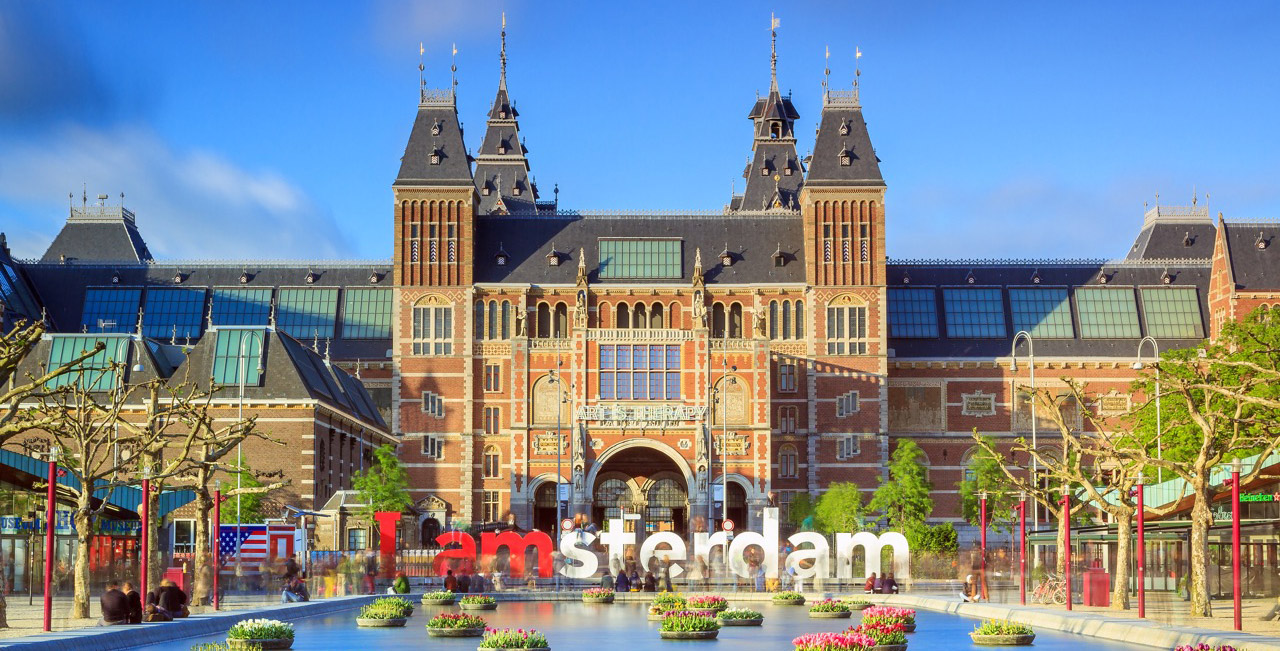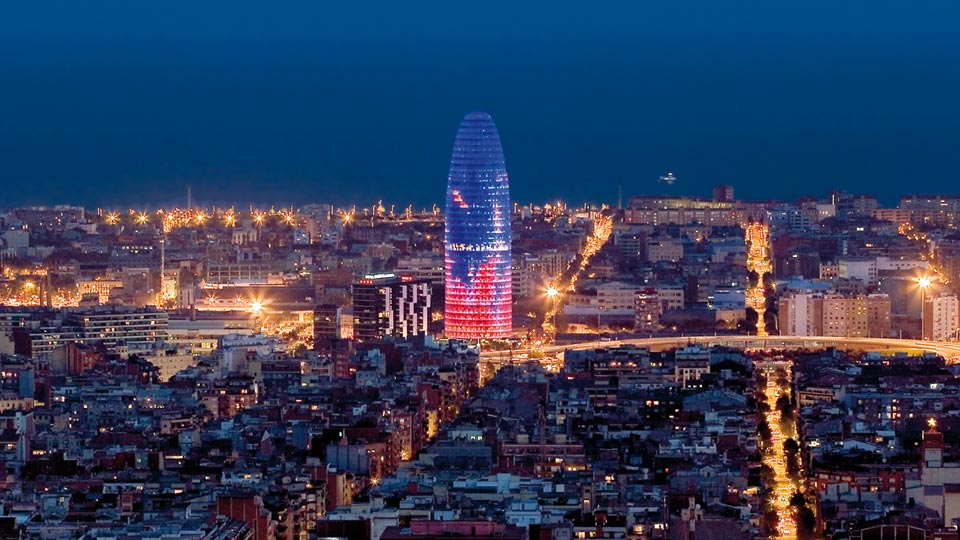How three cities from across the world have become global ‘Smart City’ leaders
It stands to reason that, as technology advances, so too would the quality of life and living of humankind. Smart Cities are quickly gaining traction globally, and it’s estimated that by 2025, there will be 88 of them around the world. Of course, Malaysia is no exception.
The concept of ‘Smart City’ varies – there is no universal consensus yet on what defines a Smart City, but the overarching idea points towards the use of technology in innovative ways to integrate components of a city.
These components include its government, the human networks, and the environment, to find the best and most efficient, earth-friendly solutions for the city of the future.
In 2012, internationally-renowned urban strategist and Smart City expert Boyd Cohen unveiled his Smart City Wheel, which outlines the features, functions, and goals of a Smart City, with reference to major indicators and rankings.
Cohen’s framework has been widely adopted by various academia and industry players; and Cohen, together with other prominent researchers and advocates of the Smart City concept further developed a set of 62 assessment indicators.

Smart City #1 – Amsterdam, Netherlands

Amsterdam represents another of the Five Flagships among Smart Cities, having drawn up a plan for rolling out fibre to 40,000 homes in 2002. This plan was executed in 2006, with another 100,000 homes receiving fibre by 2009. By allowing the implementation of projects at a local level in the city, the effectiveness of the project can be easily gauged, with the most effective strategies then implemented on a wider scale.
Centering its focus on six key aspects, namely Infrastructure and Technology, Mobility, Governance and Education, Citizens and Living, Circular City, and Energy, Water and Waste, Amsterdam adopts the bottom-up philosophy throughout the implementation of its Smart City initiative.
The City-zen project is part of Amsterdam’s initiative, with the goal to develop and demonstrate energy efficient cities and to build a methodology and tools for cities, industries and citizens to reach the 20-20-20 targets, which are a series of targets set by the European Union, which aims for a 20% reduction in CO2 emissions compared to 1990 levels, 20% of the energy, on the basis of consumption, coming from renewables and a 20% increase in energy efficiency.
Smart City #2 – Barcelona, Spain

Acknowledged as one of the first Smart Cities in the world, Barcelona is also considered one of the cities at the forefront of Smart City development. In 2015, they were also named as The Smartest City in the World.
The move to uplift Barcelona towards the status of a Smart City was spearheaded by then-Deputy Mayor Antoni Vives back in 2000, with the plan to utilise technology and innovative solutions to manage resources and services, thus improving the quality of life of its residents.
Barcelona is also lauded by the European Union for its application of carbon-lowering technologies, such as its combination of an efficient bus system with hybrid busses that reduce emissions. Others include Smart parking spaces, which reduce loiter time waiting for a space, its bicycle sharing system, as well as a pneumatic waste management system (which means fewer garbage trucks).
Smart City #3 – Taipei, Taiwan

The city of Taipei is recognised as a flagship Smart City in Asia, having been named among the Top 7 Intelligent Communities of the Year by the Intelligent Community Forum in 2004 and again in 2006. In 2015, the Taipei City Bus System’s app as well as the city council’s apps for municipal administration and dynamic disaster prevention won the Innovative Application Award for Smart Mobility and Smart Governance respectively.
Those stand in line with Taipei’s Smart City policy, which will focus on the areas of Smart Governance, Smart Infrastructure, Smart Citizens, and Smart Experiment Sites, with the ultimate goal of the initiative being to better public services and facilities for citizens through the application and implementation of intelligent technologies and IoT solutions.
Malaysia Wants to have Smart Cities Too!
The state of Selangor — the largest contributor to the Malaysian GDP at RM 240 billion (US$54.5 billion) — is herself working towards joining the ranks of Flagship Smart Cities globally, with initiatives such as WiFi Selangorku, the #SmartSelangor Bus Service, and a Smart Waste Management System called iClean Selangor already in place.
We expect leadership to deliver much more in the nearer future, as they unveil their Smart Selangor Blueprint at the Selangor Smart City International Conference this December.

